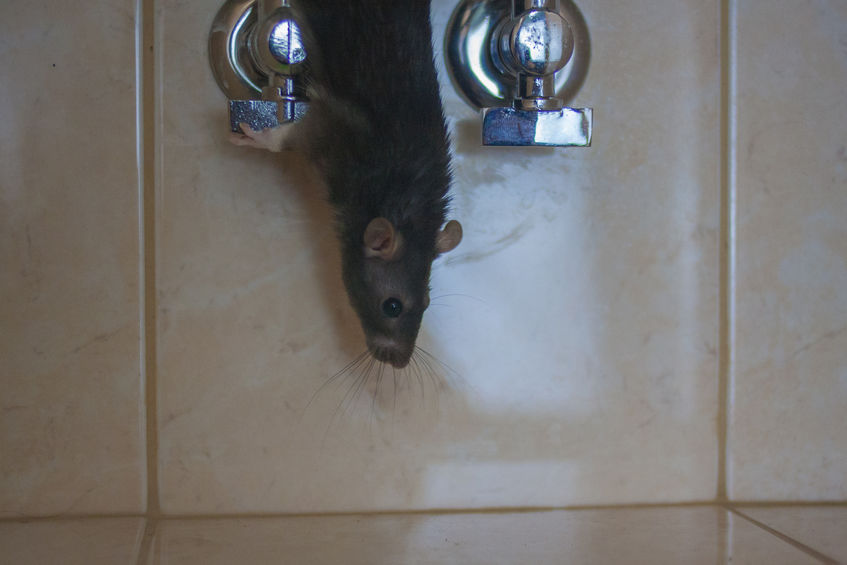Fill out the form below and a Cypress Creek representative will be in touch with you about your pest control needs.
BLOG

Getting Rid Of Norway Rats
The Norway rat, also known as the sewer or street rat, is a rodent that hails from Asia, and which reached the US sometime around the 1700s. This rodent is currently spread all over the world, which speaks to its ability to survive and reproduce.
What does a Norway rat look like?
When you encounter a rat, odds are that you are dealing with a Norway rat. It will have brown fur with black hairs here and there, and a light colored underbelly. Norway rats are also quite large, with a tail that is shorter than their bodies. These last two attributes will help you know that you are dealing with a rat, not a mouse.
Signs that your home is infested with a Norway rat
Norway rats will leave several signs behind during an infestation. To start, you will probably notice gnaw marks on furniture, walls and the edges of your carpets. The rats will also leave their droppings around, but they will usually be in a hidden area, such as behind furniture or appliances, or under cupboards. Finally, you may also notice grease marks and food prints that the rats leave around the home as they travel. These marks may be on the floor or they may be on the walls as the rats rub on them through their travels.
Prevention and control
One of the worst things about Norway rats is the speed with which they reproduce. A single female can give birth to as many as six litters each year, with each litter having up to five rats. This means that prevention is as important as control, especially when you take into consideration that it’s fairly hard to detect an infestation early on.
Prevention revolves mostly around removing three things: food sources, water sources, and entry points. The most important food sources that rats can access in the home are uncovered or unsealed food containers and trash cans. When it comes to water sources, this might be a bit harder to control, but any leaky pipe should be repaired immediately. Finally, you have entry points. Make sure that you seal any hole in the exterior walls that is wider in diameter than a nickel.
When it comes to control, you have the option of using traps or poisons, or calling over a pest control specialist. If you decide to go with the latter option, contact us today.

